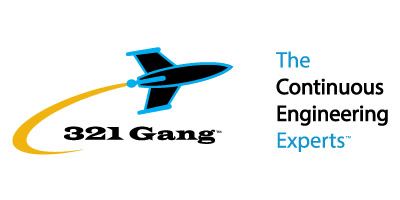Next-Level Planning: Supercharge Your Automotive ELM Solution with Apptio Targetprocess for Improved Business Value
Are you looking to take your IBM Engineering Lifecycle Management (ELM) solution to the next level? Join us for an enlightening webinar as we explore how integrating Apptio Targetprocess can supercharge your IBM ELM solution, leading to improved business outcomes.
In this webinar, we’ll delve into how the integration between IBM ELM and the Apptio Targetprocess solution, enhances planning processes, optimizes resource allocation, and drives greater business value. Whether you’re a product manager, portfolio leader, engineering manager or an executive, you’ll discover actionable strategies for leveraging the strengths of both platforms to streamline your planning efforts and achieve your organizational goals….Join us for a live webinar!
Epics, Stories, and Defects are commonly managed in Jira, while Requirements, Test Cases, Test Results, and Global Configurations are managed in IBM Engineering Lifecycle Management.
These tools are essential to your daily workflows. However, when it comes to demonstrating traceability between engineering disciplines such as Requirements and Issues, or between Defects and Tests, this division of information and tools can be critically disruptive and lead to longer delivery times, higher engineering costs, and impact product quality.
On Tuesday, March 26, 2024, join Robert Baillargeon (SodiusWillert) and Tom Hollowell (321 Gang) to learn how you can deliver projects faster while boosting collaboration and optimizing traceability when bridging the gap between Jira and IBM ELM with OSLC Connect for Jira.
In this live webinar, we will:
– Introduce OSLC Connect for Jira with IBM Engineering Lifecycle Management features,
– Live demonstration of Jira working within IBM ELM,
– Answer any questions you may have.
– Share how to start your free trial.
Jira Align | The lean portfolio leader’s guide to capacity planning
Take a lean-agile approach to resource investment strategies
As organizations move from project–based, time–centric planning to focusing on product–oriented planning, they look to lean and agile practices to ensure they have the right people focused on the most important work. This assures that the organization will be able to deliver high–quality products to market, as quickly as possible, and realize the maximum return on its investments.
This shift from project to product delivery has a significant impact on resource and capacity planning. When teams are assigned to a specific value stream
– not a project, but an effort focused on continuous delivery of the features and enhancements that customers want – leaders want to make sure they’ve got the right allocation of skill sets, availability, and funding devoted to
that work.
Moreover, when agile teams mature, and especially when organizations adopt scaled agile practices such as SAFe™, the people on each team are responsible for determining who does the work and how they do it; they are self-organizing. This changes the way formerly top–down, project–oriented organizations decide how to analyze work and skill demand, current and future capacity, and overall resource planning. It especially changes the
role of the portfolio, IT, and engineering leaders from a command–and–control approach to guiding fully–resourced teams and removing any obstacles
that impede success.
Understanding the Difference Between Velocity, Capacity, and Load: A Comprehensive Clarification of Terms
In the realm of Agile project management, the terms “Velocity,” “Capacity,” and “Load” play pivotal roles in assessing team performance and project feasibility. However, their meanings and implications are often misunderstood or used interchangeably. This whitepaper aims to provide a thorough understanding of each term’s nuances, dispel misconceptions, and offer practical insights for Agile practitioners. Let’s delve into the specifics and empower your team to achieve exceptional project outcomes.




